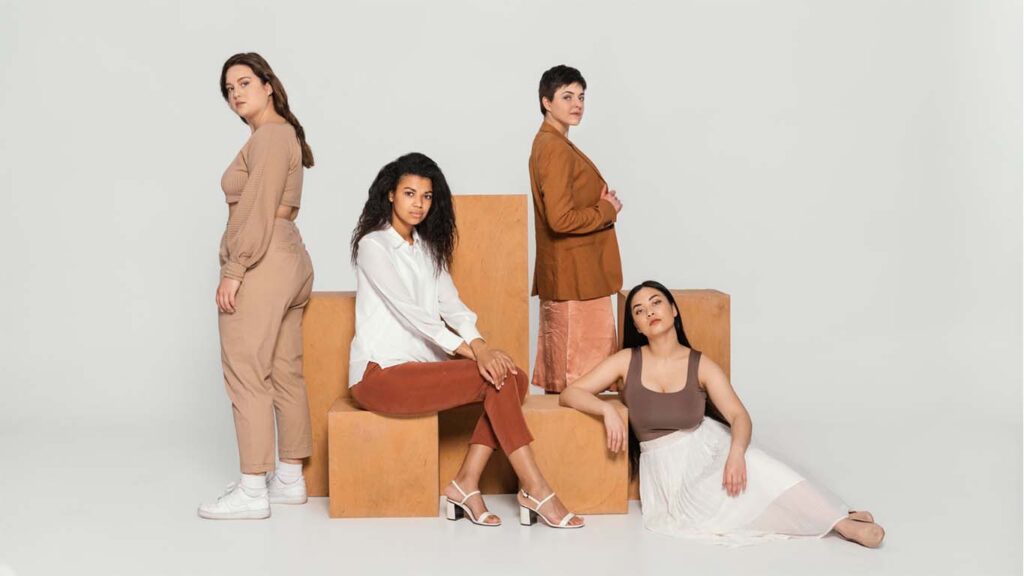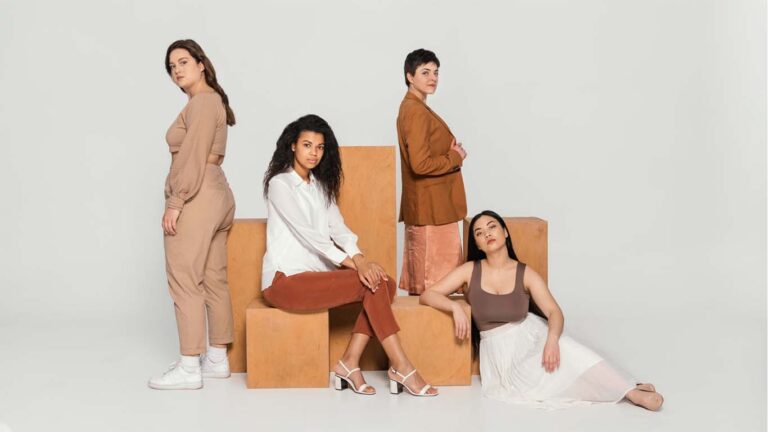
Fashion and Lifestyle
In recent years, sustainability has become more than just a buzzword; it’s a movement that is transforming the way we approach fashion and lifestyle. With growing awareness of the environmental and social impacts of fast fashion, consumers and brands alike are embracing eco-friendly choices that are not only better for the planet but also reflect a shift towards conscious living. From sustainable fashion practices to mindful lifestyle choices, the future of style is increasingly green. But how exactly are fashion and lifestyle shaping a greener future?
1. The Rise of Sustainable Fashion
The fashion industry is one of the most resource-intensive sectors, contributing significantly to environmental pollution and waste. The production of textiles, the use of toxic dyes, and the rapid turnover of trends have all led to a considerable ecological footprint. However, in response to this, sustainable fashion has gained significant traction. Consumers are now more mindful about the clothes they buy, seeking out brands that prioritize ethical sourcing, eco-friendly materials, and fair labor practices.
Sustainable fashion involves creating and consuming clothing that is durable, recyclable, and produced in an environmentally conscious manner. Brands like Patagonia, Stella McCartney, and Reformation are leading the charge by using organic and recycled materials, promoting fair trade, and advocating for slow fashion—a movement that focuses on quality over quantity. Additionally, upcycling and secondhand shopping have become popular alternatives to fast fashion, offering an eco-friendly way to refresh wardrobes without contributing to textile waste.
Impact on the Future: As sustainable fashion continues to grow, the industry is moving towards greater transparency, with consumers increasingly holding brands accountable for their environmental impact. The future of fashion lies in creating long-lasting, versatile pieces that promote sustainability over disposable trends.
2. Eco-Friendly Materials and Fabrics
One of the key drivers of sustainable fashion is the shift towards eco-friendly fabrics and materials. Traditional fabrics like cotton and polyester are resource-heavy to produce and often rely on harmful pesticides or chemicals. In contrast, sustainable alternatives like organic cotton, hemp, bamboo, and Tencel are grown with minimal environmental impact, requiring less water and fewer pesticides. Additionally, fabrics made from recycled materials, such as plastic bottles and discarded textiles, are helping to reduce waste while providing durable, stylish clothing.
Innovations in textile technology are also pushing the boundaries of sustainability. For example, designers are experimenting with plant-based materials like mushroom leather and algae-based textiles, which not only reduce the carbon footprint but are also biodegradable. As these materials become more accessible and cost-effective, they hold the potential to revolutionize the fashion industry and reduce its reliance on petroleum-based synthetics.
Impact on the Future: As technology advances and eco-friendly materials become more mainstream, sustainable fabrics will be more affordable and widely available, creating a future where the fashion industry has a minimal ecological impact.
3. The Slow Fashion Movement
Fast fashion, characterized by rapid production cycles and cheap, disposable clothing, has long been a culprit in driving environmental degradation. In contrast, the slow fashion movement promotes a more thoughtful approach to clothing consumption. Slow fashion encourages purchasing fewer, higher-quality pieces that are versatile, durable, and timeless.
This movement also emphasizes the importance of caring for and repairing clothing, rather than discarding it after a few uses. By extending the life of garments through mending, altering, or simply washing them less frequently, consumers can significantly reduce their environmental impact. More people are embracing this shift by opting for vintage, pre-loved clothing, or making intentional purchases from sustainable brands that align with their values.
Impact on the Future: The slow fashion movement is reshaping consumer behavior, encouraging a more mindful approach to clothing. As more people embrace this mindset, the demand for fast fashion will likely decline, leading to a more sustainable and ethical industry overall.
4. Conscious Lifestyle Choices Beyond Fashion
Sustainability extends beyond clothing choices, influencing other areas of lifestyle as well. Many consumers are adopting eco-friendly habits that complement their sustainable fashion choices. From reducing waste and recycling to embracing plant-based diets and minimizing plastic usage, conscious living is becoming an integral part of everyday life.
Minimalism has also gained popularity as people focus on reducing their consumption and prioritizing quality over quantity in all areas of their lives. By simplifying their possessions, people are contributing to a reduction in resource depletion and waste production. This lifestyle shift aligns with sustainable fashion principles, as it encourages the purchase of fewer items but with more thought and care behind each choice.
Impact on the Future: As sustainability continues to influence lifestyle choices, consumers will place greater importance on holistic practices that support a healthier planet. This interconnected approach to sustainability will lead to more ethical and eco-conscious habits across various sectors, including fashion, food, and home life.
5. Circular Economy: Redefining Fashion’s Lifecycle
A key component of sustainable fashion is the concept of a circular economy. Rather than following the linear model of “take, make, dispose,” which results in massive waste, the circular economy focuses on reusing, recycling, and upcycling materials. This involves designing clothes that can be easily repaired, repurposed, or recycled at the end of their life cycle.
Brands are increasingly offering take-back programs where customers can return old garments for recycling or upcycling. Platforms like Rent the Runway are promoting rental fashion, allowing people to borrow clothes for special occasions instead of purchasing new ones. These practices are helping reduce the need for constant production and cutting down on waste, ultimately contributing to a more sustainable fashion industry.
Impact on the Future: As the circular economy model gains traction, fashion brands will be encouraged to design products with sustainability in mind from the start, ensuring that materials can be reused or recycled at the end of their lifecycle. This shift will play a pivotal role in reducing the fashion industry’s environmental footprint.
Conclusion: A Greener Future for Fashion and Lifestyle
The future of fashion and lifestyle is undoubtedly sustainable. As awareness of environmental issues grows, more consumers are seeking out products and brands that align with their values. By embracing sustainable fashion, eco-friendly materials, and conscious lifestyle choices, we are collectively shaping a greener future—one where style and sustainability coexist.
Share this content:







